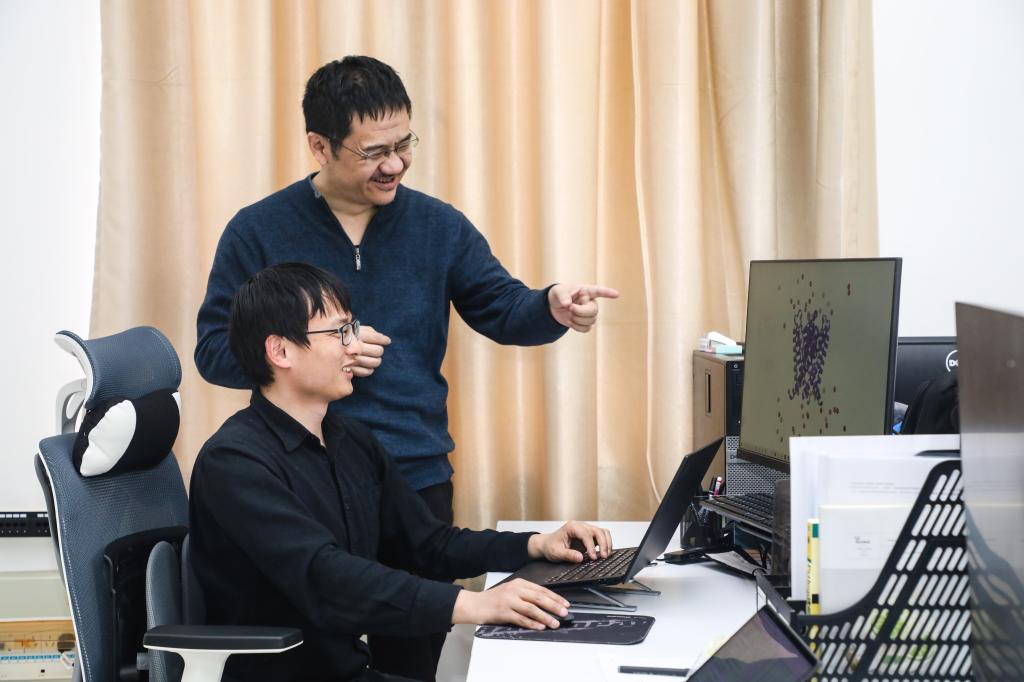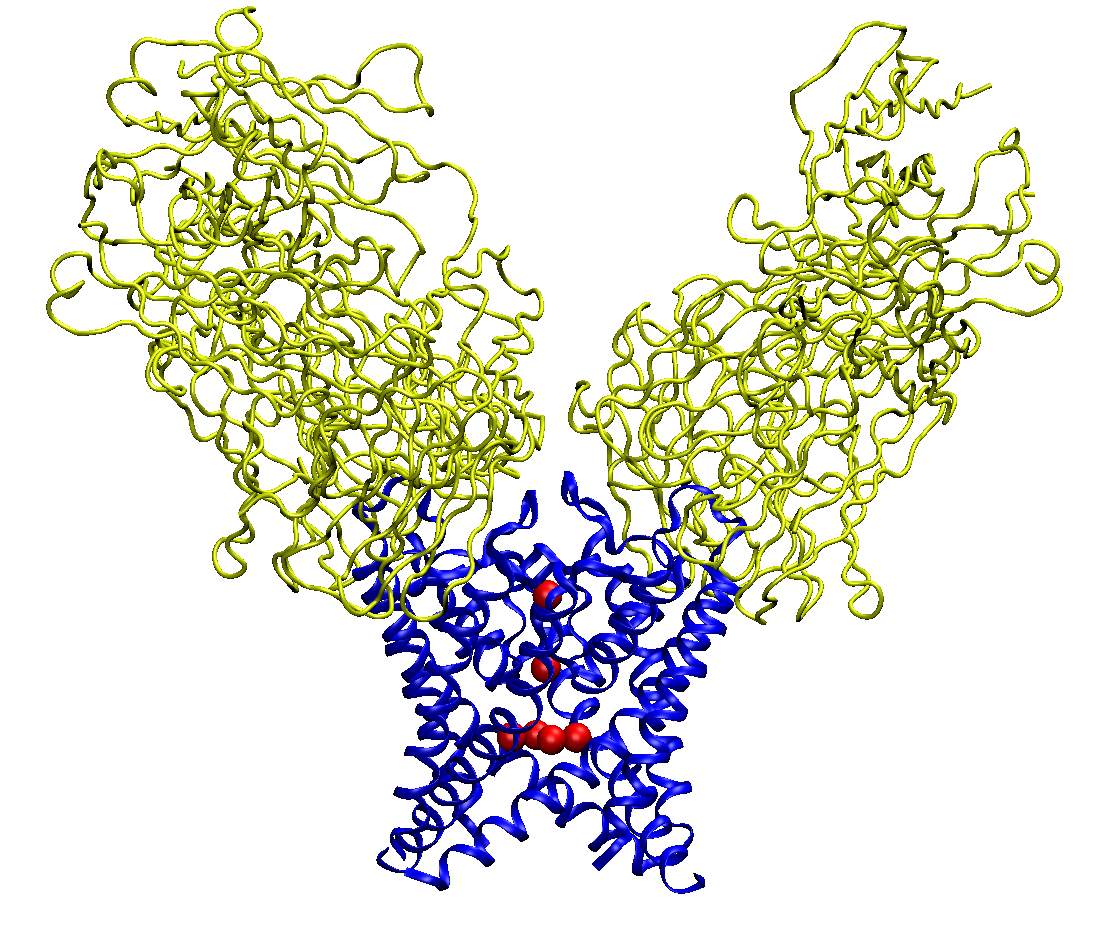On March 1st, a paper entitled “Nonthermal and reversible control of neuronal signaling and behavior by midinfrared stimulation” was published in Proceedings of the National Academy of Sciences of the United State of America,first finding and putting forward a new mechanism and strategy of neurosignal and cerebral function modulation , getting strong reviews in academic community.

The research achievement was made by professor Song Bo’s project team from Future Optical Laboratory, USST, Shu Yousheng’s project team, Fudan University, Wen Quan’s project team, University of Science and Technology of China, Chang Chao’s project team, National Innovation Institute of Defense Technology, Mao Lanqun’s project team, Institute of Chemistry, Chinese Academy of Sciences. Dr. Liu Xi, Beijing Normal University, Dr. Qiao Zhi, Xi’an Jiaotong University, Dr. Chai Yuming, University of Science and Technology of China, Zhu Zhi, University of Shanghai for Science and Technology cooperatively finished the paper. “The research achievement alters the people’s recognition of the neurosystem, puts forward a new theory of neurosignal modulation, providing new methods for treatment of neurosystem disease like Alzhimer disease and Parkinson’s disease, and promoting the development of such areas as chemistry, materials instrument design, energy storage and conversion,”said professor Song Bo.

At present, a variety of neuromodulation methods have been used in clinical treatment of neurological diseases. Such methods include deep brain stimulation, transcranial direct current stimulation, transcranial magnetic stimulation and so on. Near-infrared light stimulation is an important neuromodulation method used in the study of brain function. It mainly leverages on the effect of light and heat on the electrical activity of nerve cells. However, near-infrared light may generate excessive heat during the adjustment process, damage nearby cells and tissues, and cause side effects such as abnormal structure and function of the nervous system. Therefore, the academic community urgently needs a safer and more reliable treatment method.
To cope with the major issue of the brain science domain, prof. Song Bo led his team members to conduct the 5-year research together with other teams, and find a solution in quantum optics domain. The research achievement that has something to do with quantum optics, molecular biology, neurobiology, and behavior is regarded as a pioneering achievement by academic peers, providing a theoretical foundation and an experimental evidence for the brain science. “The latest research findings show that the creature itself can emit midinfrared light, and emitted photons can stimulate the biochemical and physiological reactions. The midinfrared light can be delivered to the neurone to regulate ion channel activity and neural spiking activity, and then exert a modulatory effect on animal behavior. The method is highly dependent on the frequency, indicating that it is a new type of nonthermal mechanism,” said Dr. Zhu Zhi.
Based on the research achievement, the project team would continue to investigate the new mechanism, new structure, and work out a new scheme for brain science progress with other experts engaged in research of brain-inspired intelligence AI, chemistry, chemical engneering, materials science and energy.
Link to the paper: https://doi.org/10.1073/pnas.2015685118

 Home
·
News & Events
·
Content
Home
·
News & Events
·
Content

